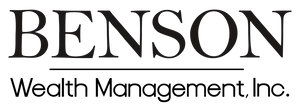September proved to be an eventful month for financial markets, marked by record highs in stock indices and signs of robust U.S. economic performance. Despite ongoing discussions about inflation trends and Federal Reserve strategies, recent data underscores solid gross domestic product (GDP) growth and resilient consumer activity.
In line with expectations, the Federal Reserve implemented a well-predicted interest rate cut aimed at propelling growth while keeping an eye on inflationary pressures. This move has captured Wall Street's keen attention, as well as ours.
In this blog, we'll delve into the latest economic metrics, Federal Reserve maneuvers, and what these might imply for your investment portfolio as the season progresses. Our commitment remains steadfast: to provide insights that keep you informed and strategically positioned for the future.
U.S. Stock Indices Surge
September saw a rally in U.S. stocks, with the S&P 500 reaching unprecedented highs near 6,700. The resurgence was driven by small-cap and value stocks, buoyed by reduced interest rates and domestic growth. Notably, sectors like technology, communications, and consumer discretionary led the gains.
- The S&P 500 climbed by 3.53%.
- The Nasdaq 100 increased by 5.40%.
- The Dow Jones Industrial Average edged up 1.87%.
Growth and Consumer Spending
The U.S. GDP advanced at an annualized rate of 3.8% during the second quarter, marking the strongest performance in almost two years following a significant upward revision. This momentum was largely driven by persistent consumer activity, with spending climbing 0.6% in August, surpassing expectations and fueling advancements in retail, travel, and durable goods, despite higher tariffs and inflationary challenges.
Business investments presented a mixed picture. Housing spending declined by 5.1% as residential fixed investment cooled, highlighting ongoing difficulties in the sector. Still, corporate demand for equipment and services held steady, indicating a focus on productivity, even as overarching capital expenditures remained subdued.
The trade sector offered additional support in Q2, with a stark decrease in imports narrowing the trade deficit and reinforcing domestic growth. This was a result of prior inventory adjustments and lingering tariffs, acting as a safeguard for the U.S. economy amidst global uncertainties.
Consumer activity is poised to remain a critical pillar of growth, despite signs of waning momentum in housing and government expenditures. For now, resilient consumer behavior is keeping the economic recovery on course, but investors should monitor potential pressures that might affect this trajectory as the year draws to a close.
Federal Reserve Policy Adjustments
In September, the Federal Reserve reduced interest rates by 25 basis points, bringing the target range for federal funds to 4.00-4.25%. The decision involved debates over a larger cut, highlighting uncertainties regarding persistent inflation versus increased labor market slack.
The Fed's projections for September raised growth forecasts and indicated potential rate cuts extending into late 2025 and early 2026, with a “data-dependent” stance emphasized by policymakers. The Federal Open Market Committee (FOMC) dot plot reflected consensus for at least one more reduction before the year ends.
Mortgage rates, hovering just over 6%, are expected to decline by year-end, enhancing the affordability of home purchases and refinancing, thus bolstering demand from both households and businesses as borrowing costs lessen.
Lower Fed rates are also anticipated to reduce business financing costs, particularly for operational loans and commercial real estate, unlocking capital for expansion and staffing. This favorable credit climate is a timely benefit for small firms and corporations planning significant initiatives for 2026.
Labor Market and Inflation Dynamics
U.S. job growth decelerated considerably in August, with a mere addition of 22,000 jobs, while the unemployment rate remained at 4.3%, a peak in four years. Employment growth continues predominantly in the healthcare sector, with ongoing demand for senior roles surpassing that for junior positions.
Inflation remains high at a 2.9% year-over-year rate, with core prices increasing by 3.1%. Meanwhile, wage hikes of 3.7% are just keeping pace with rising costs, leaving many consumers under financial pressure. By the second quarter of this year, the top 20% of income earners accounted for about half of all spending.
Federal Reserve Chair Jerome Powell is navigating a delicate balance: the easing labor market reduces the impetus for aggressive inflation control, yet continuous price increases are straining household budgets and economic sentiment. Significant fluctuations in jobs or inflation data could initiate further monetary policy adjustments or unsettle investors in the upcoming months.
Guiding Your Market Journey
September concluded with the U.S. economy showing consistent momentum, despite ongoing narratives around inflation and interest rates. Stock markets hit new highs, propelled by robust consumer spending, positive outlooks on Fed rate reductions, and sector rotation into technology and value stocks. Nevertheless, a looming government shutdown at the turn of October generated market disturbances on the month's first day.
While markets shift rapidly, you’re not alone in navigating them. Reach out to our team today with any questions or concerns you might have.

